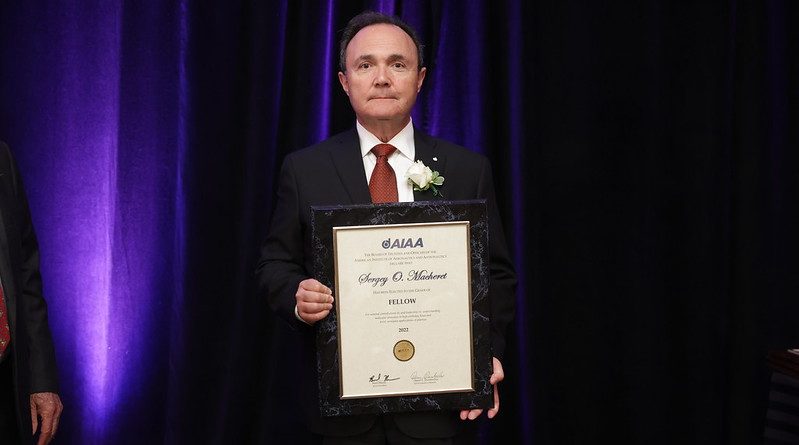Dr. Sergey Macheret is a leading figure in plasma science and aerospace engineering, renowned for his pioneering contributions to both academia and industry. Born in Kiev, Ukraine, he pursued his education at the Moscow Institute of Physics and Technology, where he earned his M.S. in Physics. He then received a Ph.D. in Plasma Physics and Plasma Chemistry from the Kurchatov Institute of Atomic Energy. Dr. Macheret’s career includes roles at top academic institutions such as the Ohio State University, Princeton University, and Purdue University, where he has developed innovative plasma-based technologies with wide-ranging applications.
In addition to his academic achievements, Dr. Macheret made significant contributions to aerospace engineering during his tenure at Lockheed Martin’s Skunk Works, where he worked on advanced aerospace projects. In 2023, he founded US Plasma Engineering LLC, aiming to revolutionize various industries through the development of cutting-edge plasma technologies. An elected Fellow of the American Institute of Aeronautics and Astronautics, Dr. Macheret continues to influence the field with his research and leadership.
What sparked your initial interest in plasma science?
My fascination with molecular physics and then plasma physics started during my undergraduate studies. I was captivated by the fundamental science of molecular interactions and then interactions of electrons and ions with electromagnetic fields. Later, I got also excited about widespread applications of plasmas, from fluorescent lamps to fusion energy. This curiosity drove me to dedicate my career to exploring the plasma state of matter.
The Potential of Plasma-Assisted Combustion for Next-Generation Engines
Can you describe a pivotal moment in your career?
There were several such moments. One truly pivotal moment came during my work at Lockheed Martin’s Skunk Works. I was part of a team that developed a novel plasma-based technology. Seeing a theoretical concept turn into a tangible innovation that could revolutionize technology was incredibly rewarding and solidified my commitment to practical applications of plasma research.
What are some common misconceptions about plasma physics that you encounter?
One common misconception is that plasma technology is too exotic or niche for practical use. In reality, plasma is all around us and is integral to many current technologies, such as semiconductor manufacturing and medical sterilization. I strive to demystify plasma, showing its practical benefits and current applications.
How does your work intersect with other scientific disciplines?
Plasma physics is inherently interdisciplinary. It intersects with electrical and chemical engineering, environmental science, and even biology. For instance, we’re exploring how plasma can be used to make tunable radio-frequency antennas, receivers, and transmitters, requiring us to collaborate closely with experts in those fields.
What challenges do you face when translating plasma physics research into real world applications?
The primary challenge is scaling laboratory discoveries to industrial applications. What works in a controlled environment may not immediately translate to a real-world setting. Addressing this requires innovative engineering solutions, substantial funding, and robust partnerships with industry.
What recent advancements in plasma technology excite you the most?
I am particularly excited about the use of plasma in next-generation reconfigurable radio-frequency and microwave systems. I am also excited about the emerging field of plasma medicine.
How do you approach collaboration with industries and other research institutions?
Collaboration is essential for advancing plasma technology. I actively seek partnerships with industries that are beneficiaries of this research, like aerospace and manufacturing, to ensure our developments are aligned with their needs. Similarly, academic collaborations help us push the boundaries of what’s scientifically possible.
What role do you think plasma physics will play in future technologies?
Plasma physics will be crucial in addressing some of the most pressing global challenges, including clean energy generation and environmental protection. Its role in developing efficient fusion energy could particularly be a game-changer, offering a nearly limitless source of clean power.
How do you stay inspired and motivated in your field?
Staying inspired is all about looking at the bigger picture. The potential of plasma technology to make a real difference in the world—from cleaner energy to improved healthcare—is a powerful motivator.
What advice would you give to young scientists starting in plasma science?
My advice is to embrace the interdisciplinary nature of plasma physics. Don’t be afraid to step out of your comfort zone and explore how plasma interfaces with different disciplines. Stay curious, be open to collaboration, and always look for practical applications of your research. The possibilities in plasma science are as vast as your imagination allows them to be.

